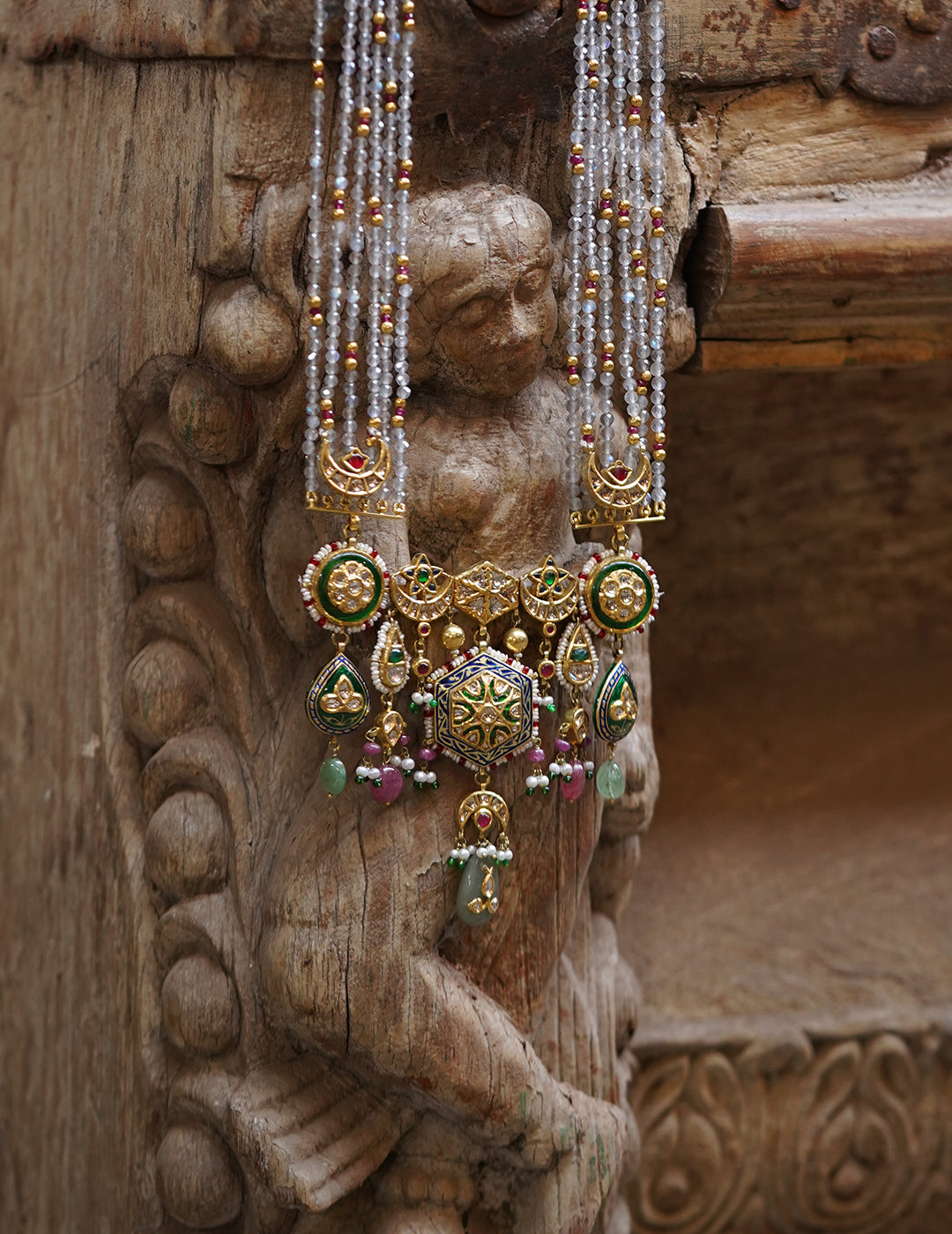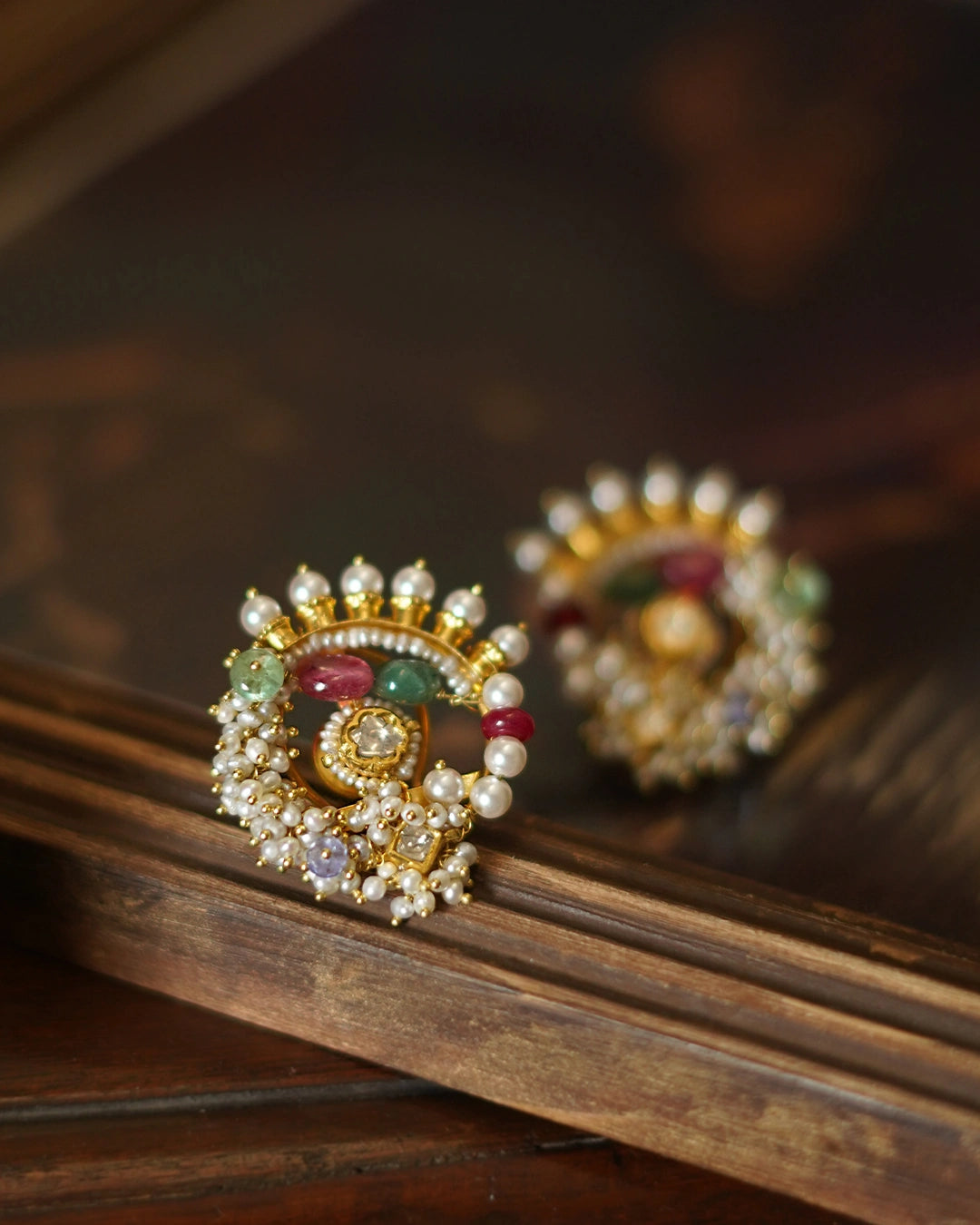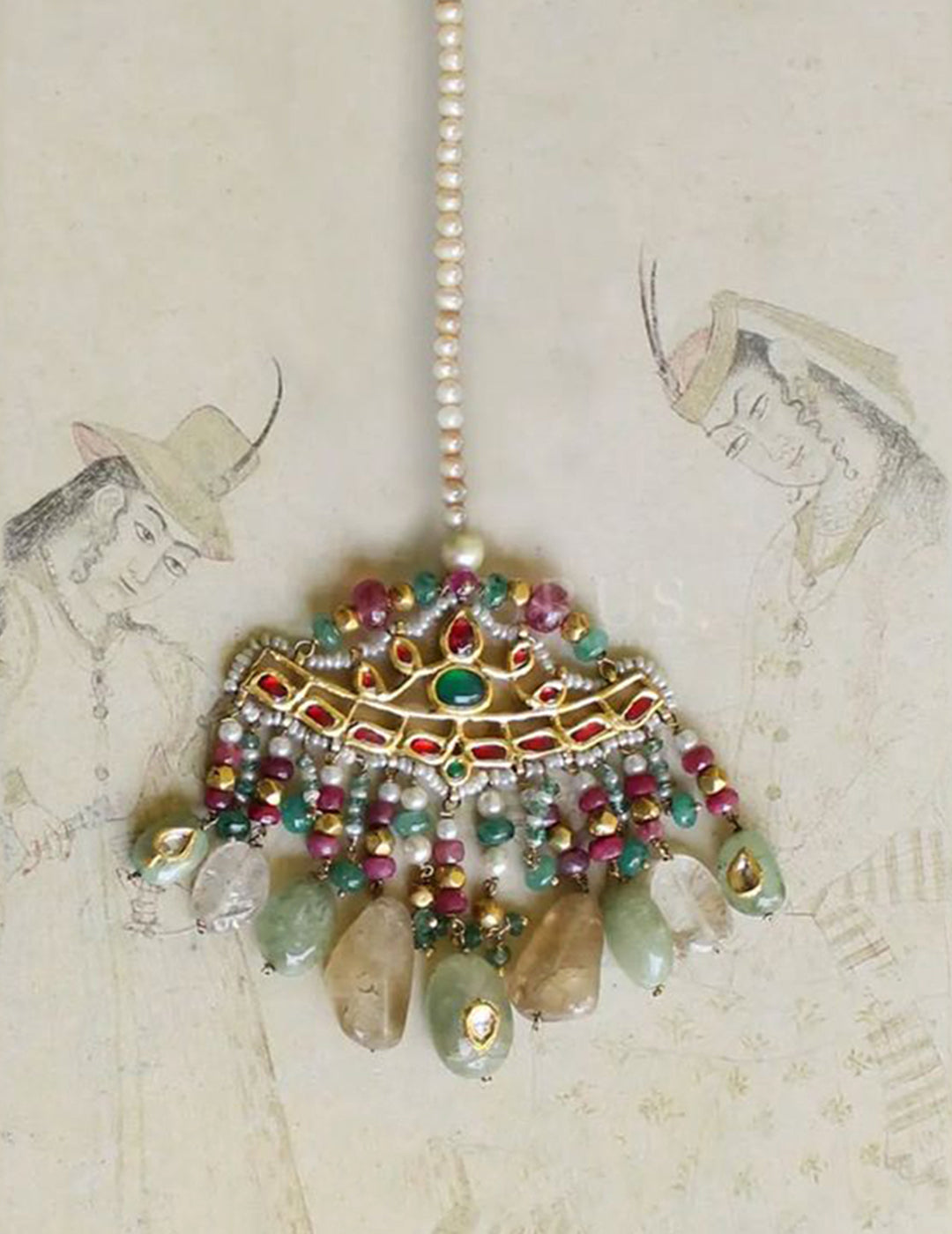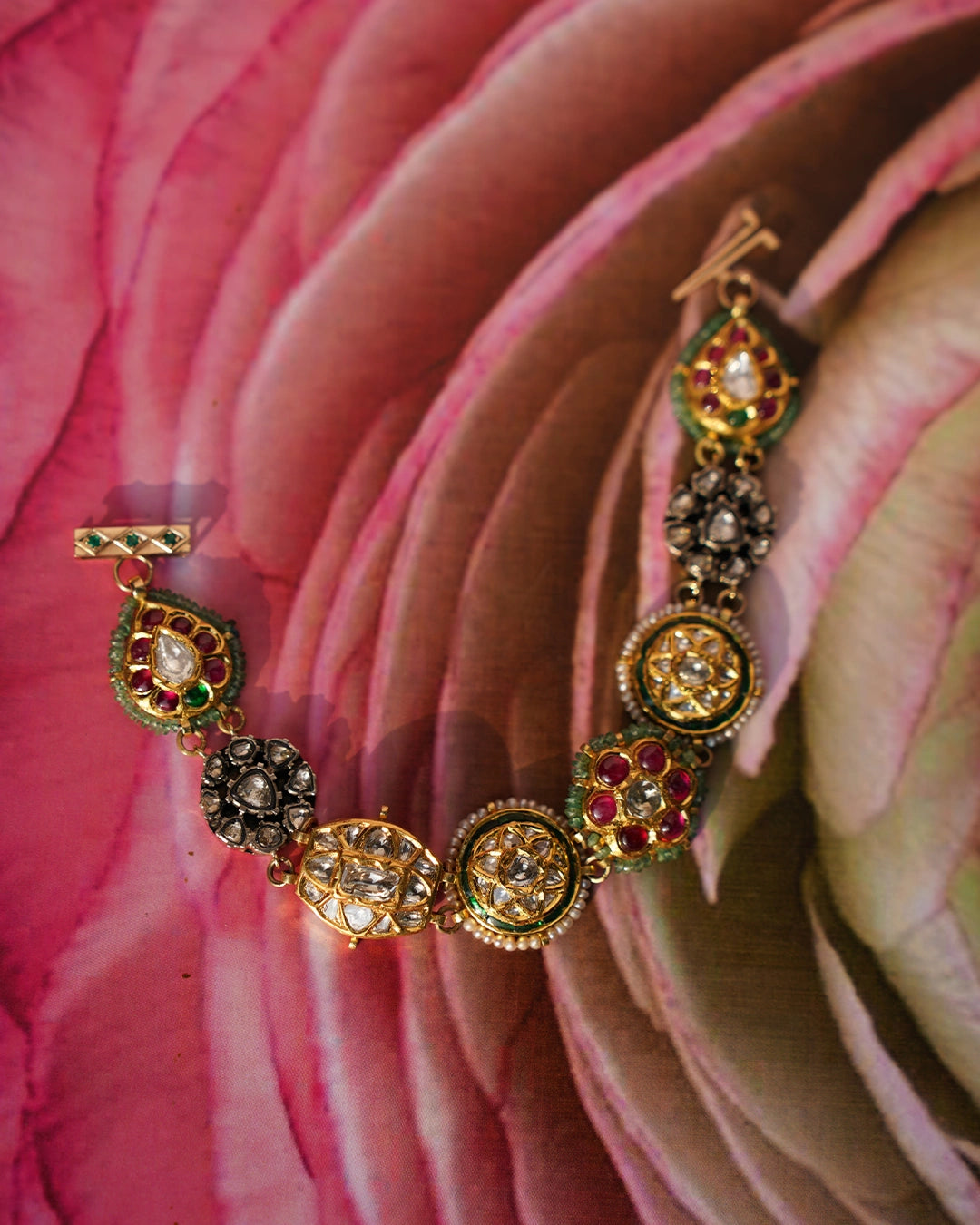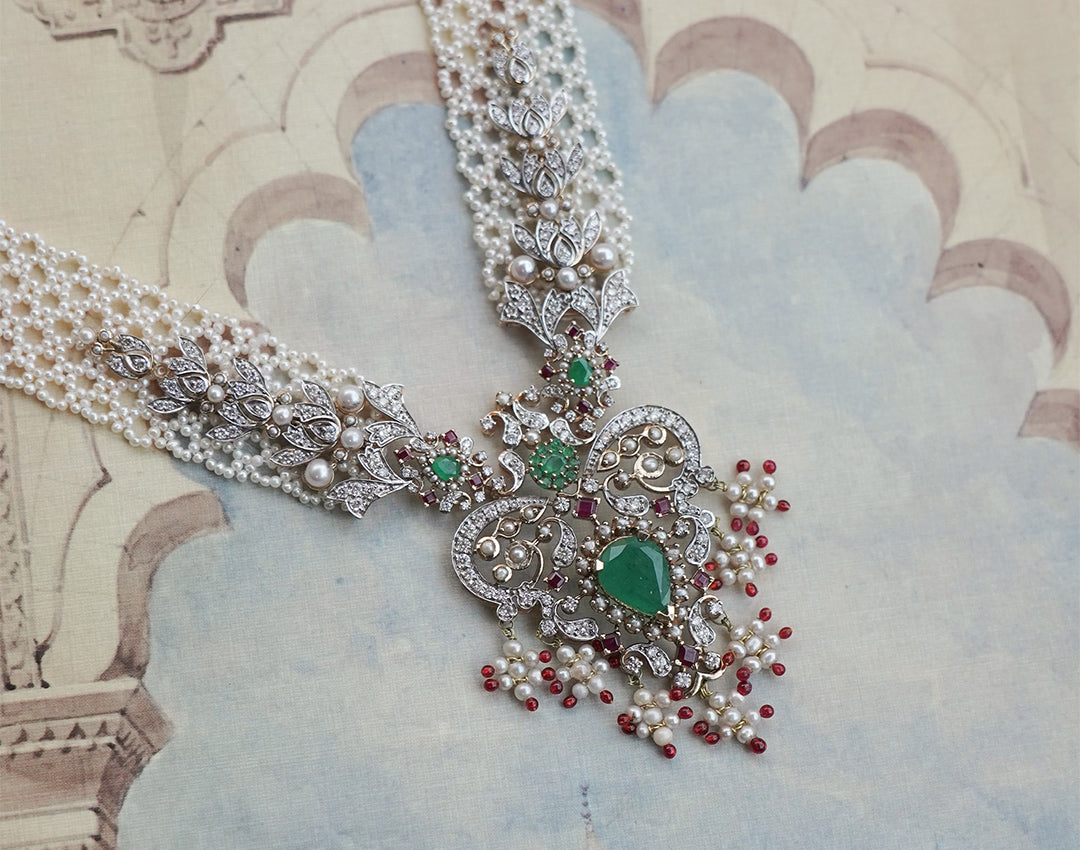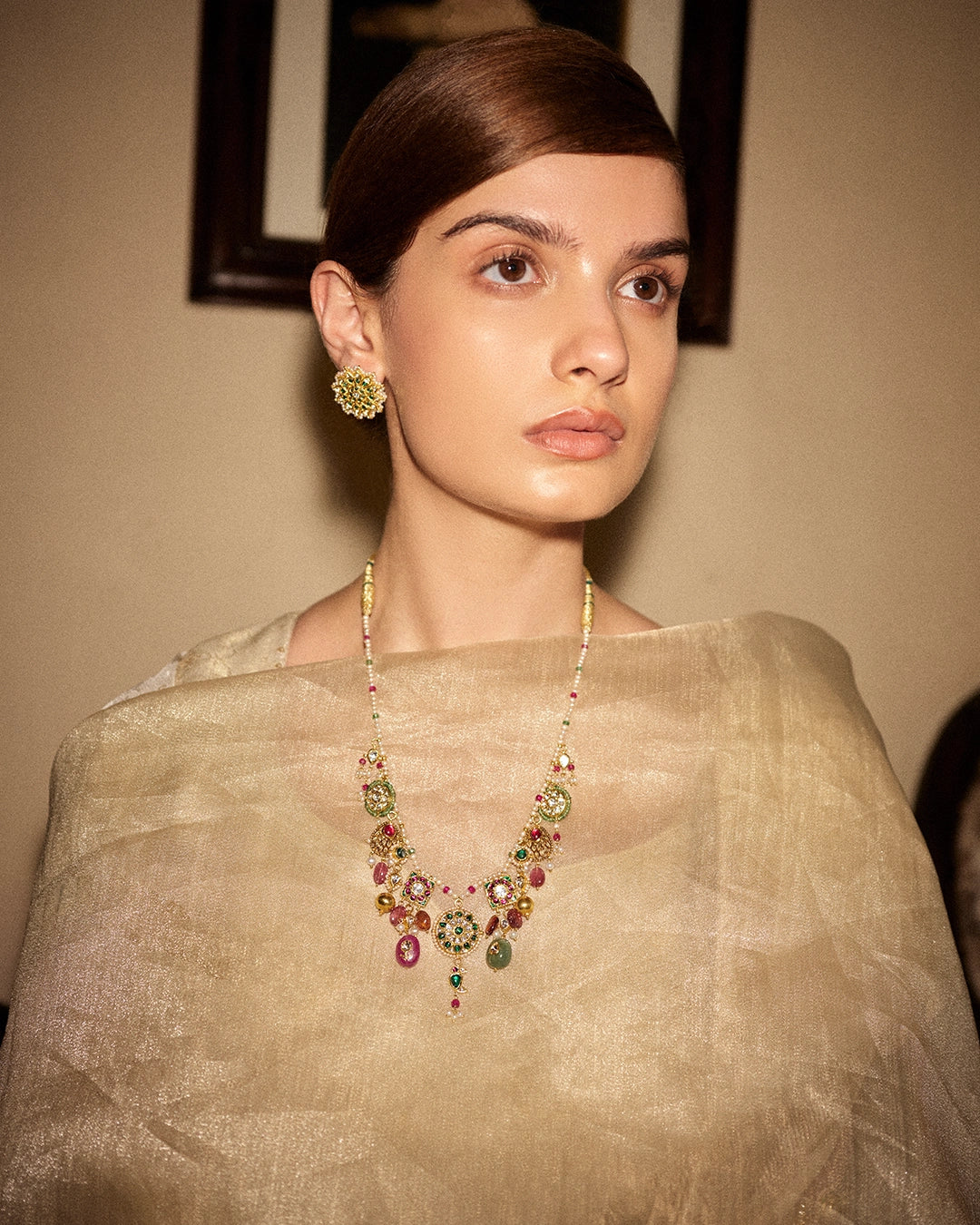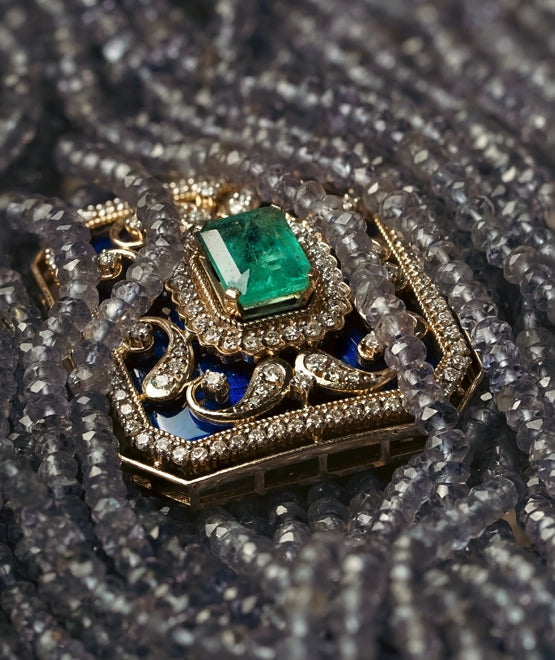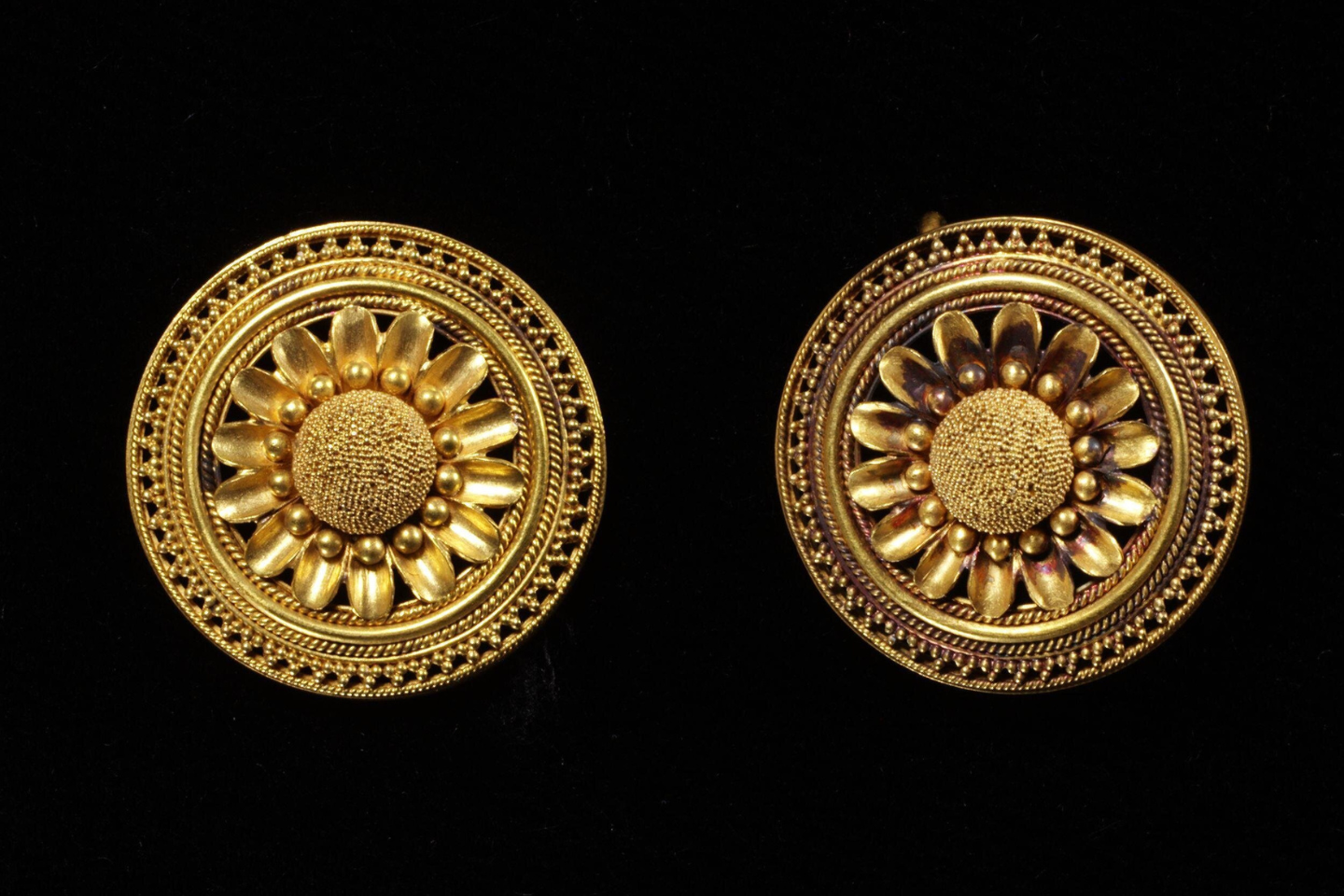The art of making gold jewelry making has seen development in the modern era with the introduction of new technologies. More intricate designs can now be made using computers and 3D printing systems. But in ancient civilizations such as Egypt, Greece, and Rome, jewelry making was a highly specialized craft. Gold jewelry was handcrafted by experts using traditional techniques for the nobility. One of these traditional methods of crafting gold jewelry was granulation.
The granulation technique of making gold jewelry consists of small spheres of gold that are affixed onto a gold surface to create a pattern or design. The origins of granulation in gold jewelry take us 5000 years back to the city of Ur in Sumer, Iraq. The technique then had an interesting and unique journey into the modern era of jewelry making, where it is still used to craft exquisite pieces of gold jewelry featuring intricate designs and patterns.
The ancient examples of granulation jewelry were mostly made using gold, including the ones found in Ur. The early granulation work consists of granules rich in silver on substrates rich in copper. There has been evidence of silver and copper granulation in 16th-Century folk jewelry of Germany and 15th-century Spanish decorations.
But how is intricate granulated gold jewelry made? Read on to find out.

The design of this gold bracelet is based on that of a Greek earring. It is possible that the bracelet was made by Pasquale Novissimo, chief designer of the London jeweller, Giuliano who worked in London from 1874-1914 but it could equally have been made in Italy.
Source and image courtesy: Victoria and Albert Museum
Types of Granulation Observed in Ancient Gold Jewelry
The Ancient Greeks and Etruscans used the granulation technique to create different patterns and illustrate entire scenes. To depict these scenes and patterns, the granules were arranged in a specific manner.
Three different types of granulation have been observed in ancient pieces of gold jewelry: the outline style, the silhouette style, and the reserved silhouette style. In the outline style, the granules serve as an addition to the embossed forms. In the silhouette style, the figures are embellished with a heavy coating of granules and in the reserved silhouette style, the background is filled with granules while the main features are embossed but are not heavily decorated or are left undecorated.
Behind the exquisite beauty of granulated gold jewelry lies the cumbersome process that is used to make it. The grains or granules of gold are attached to the surface of the metal using three processes: hard soldering, fusing, and colloidal soldering. But it all starts with the making of granules.

The granulation, or fine surface texture of minute grains of gold on this stud, was copied from the Etruscan technique. Although the precise method was not mastered by 19th century goldsmiths a similar effect was achieved.
Source and image courtesy: Victoria and Albert Museum
How Granules Are Made
The number of granules on a particular piece of jewelry can be in the order of thousands. These Granules are made by rolling a thin sheet of paper and cutting parallel lines into it to make fringes, which are cut at right angles to make tiny squares. Another way of making granules is by snipping a wire into small pieces. To make sure that the granules don’t melt while they are being fused into the metal, they are moistened and coated with powdered charcoal.
The gold can be simply set on a charcoal block and can be torched if only a few granules are to be made. The granules made are usually of different sizes and have to be sorted using disks drilled with holes of various sizes in order to be used.
Positioning of Granules on the Metal Surface
According to Jochem Wolters’ essay, in ancient times, the granules were placed onto the surface of the metal mostly using flour paste and tragacanth, a natural gum obtained from a shrub grown in the middle east. Other adhesives that were used in ancient jewelry-making include glue made from cattle, called ox-glue, and soap. Quince paste and gum arabic were used by the Egyptians to position the granules. The use of Fish glue has also been assumed in the works of ancient and classical times.
In modern granulated gold jewelry, a copper compound, along with an organic compound, is applied to the surface of the metal on which the granules are placed.

The skills of the goldsmith are seen in this example, where the different techniques of filigree and granulation are combined to produce an elaborately decorated ring.
Source and image courtesy: Victoria and Albert Museum
Granulation Techniques
Different eras saw the use of different techniques to join the granules to the surface of the metal. Some of these techniques died down and are unknown to this day while some were developed in recent times. We’ve listed three main techniques that are commonly used to carry out the process of granulation. They are:
Hard Soldering
Hard soldering of metals is when a material with a lower melting point is used to bond two materials using capillary action. Soldering, a common technique, requires placing small parts of solder on the point of contact of granules and the metal. Therefore, it becomes difficult to repeat this process with hundreds of granules as it requires extreme detail and flux, the binding agent for solder, bubbles when heated, which displaces the granules.
This problem can be avoided by filing the solder to a powder and mixing it with flux in a small can. Tragacanth is applied to the area where the granules are supposed to be attached. Granules are carefully placed and sprinkled with the flux-solder powder and heated. This way the solder goes underneath the granules through capillary action, holding them in place.
According to Langantiques, this technique was used by Castellani to recreate the ancient gold jewelry of the Etruscans.
Fusing
Fusing is when metals of the same alloy are joined using heat. For this process, a sheet with the same thickness as the diameter of the granules is required. The granules are set in place with diluted flux and are placed in a reducing oven. When both metals reach the melting point, they both fuse together. This process leaves no flux or solder behind.
The modern addition to this process is fusion using electric current. This allows craftsmen to add granules to already finished items, including gold jewelry in which the stone is set. The current, however, can flow to neighboring granules which can result in looser joins.
Colloidal Soldering
It is believed that this technique was used by the Etruscans to join the granules to the metal surface. In this technique, a colloidal mixture, along with tragacanth gum and copper salts is used. This compound makes a strong metallic bond by lowering the melting point of both the metal and the granules.
The surface of the metal is covered in colloidal solder and the granules are placed on top of it and left to dry. Fired in a reducing oven, the tragacanth gum burns away and releases the copper salts. At a high temperature, the copper melts and joins the granules to the metals. This process requires a great deal of patience and incredible skill.

The granulated design on these earings was produced using particles of solder to secure the very small grains of gold. In the 19th century goldsmiths admired the skills of their ancient predecessors. They were especially fascinated to know how the Etruscan goldsmiths created patterns composed of wires and grains applied without any sign of solder.
In antiquity, an organic glue and a substance containing copper was spread on the gold and the jewellery heated. At 850 degrees C the carbon from the burnt glue reacts with the substance containing copper to release pure copper. This copper lowers the melting point of the gold. It alloys with, and diffuses into, the gold thus bonding the sheet, wires and granules in place.
Source and image courtesy: Victoria and Albert Museum
Granulation is one of the many techniques used to add to the beauty of gold jewelry. The centuries-old technique continues to be popular and is used for creating intricate and detailed gold jewelry for women. Be it a pair of earrings, necklaces, or rings, the cumbersome process of granulation can certainly yield truly stunning pieces of jewelry. The ancient technique has stood the test of time and continues to wow us with the beauty that it is able to provide to a piece of gold.




